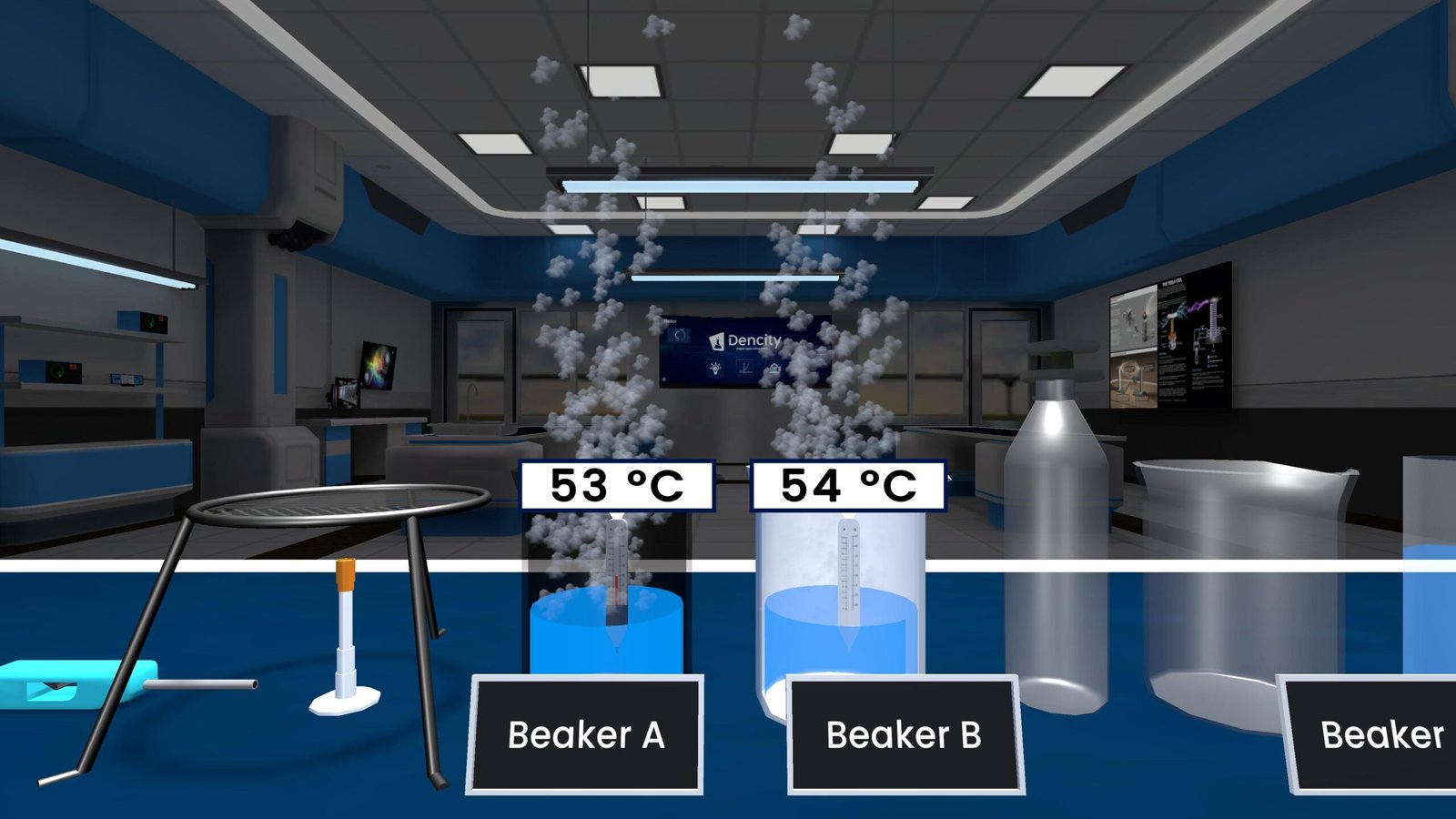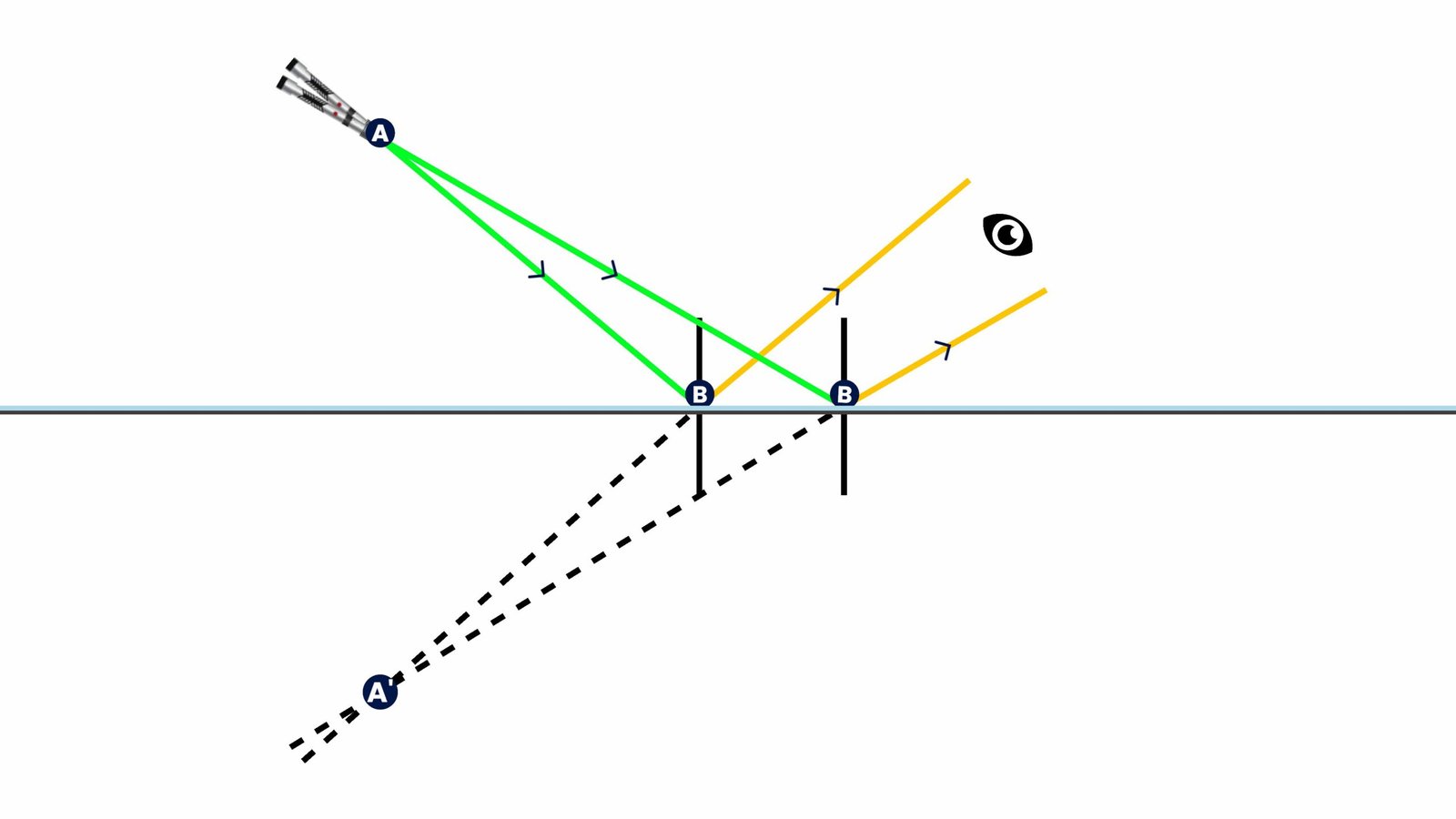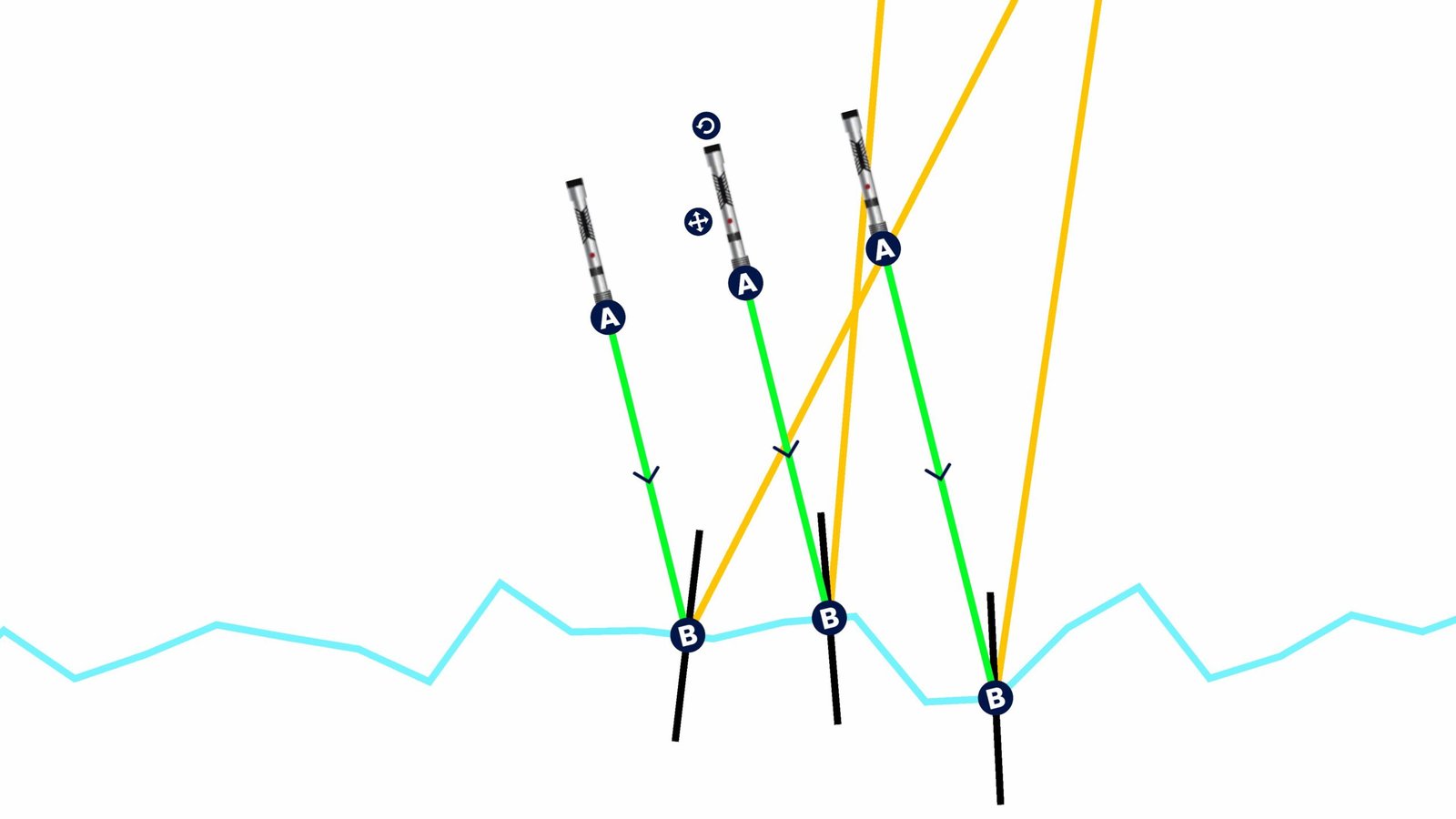Torque and Seesaw Balance: Understanding Rotational Force
Torque is the rotational equivalent of force. It determines how much a force causes an object to rotate around a pivot point. Torque plays a key role in balancing systems, such as seesaws, doors, and levers.
Theory for Class 10 Science
In a seesaw setup:
- When a mass is placed at a distance from the pivot, it applies a torque.
- Torque is calculated by:
τ = F × d
Where:
- F = m × g (force due to gravity),
- m = mass in kilograms,
- g = acceleration due to gravity (9.8 m/s²),
- d = distance from the pivot in meters.
Key Principle:
- If torques on both sides are equal, the seesaw is balanced.
- If one side produces more torque, the seesaw tilts in that direction.
Real-Life Applications of Torque
- Children on a seesaw: Balance each other using mass and distance.
- Using a wrench: Applying force further from the nut increases torque.
- Opening doors: Handles are placed far from the hinges to make rotation easier.
- Rowing boats: Oars apply torque to move the boat forward.
Observations from the Experiment
- More mass = more torque
- More distance from pivot = more torque
- Equal torques = balanced seesaw
- Unequal torques = seesaw tilts
Summary Table
| Condition | Effect on Seesaw |
|---|---|
| τ₁ = τ₂ | Seesaw remains horizontal (balanced) |
| τ₁ > τ₂ | Tilts towards side with τ₁ |
| τ₁ < τ₂ | Tilts towards side with τ₂ |
Simulate Torque with Dencity
In the Dencity virtual lab, students can:
- Adjust mass and distance on either side of a seesaw.
- Instantly see the resulting torque and movement.
- Explore balance and imbalance through torque calculations.
This experiment is a core part of the Class 10 Science syllabus and is available on Android, iOS, and desktop via the Dencity app.
Dencity for Teachers
Dencity enables interactive teaching with:
- Real-time torque experiments and live balancing visuals.
- Student-controlled simulations for self-paced learning.
- Auto-evaluation with feedback and analytics.
- Assignments that reinforce rotational motion and equilibrium.
Touch Panel Optimized
With interactive smart panels, students can drag weights, change distances, and see immediate seesaw movement, making rotational motion easy to understand.
Schedule a Demo or Get Custom Pricing
Empower your students with real-time physics experiences. Contact us today for a free demo and get custom pricing for your school or institution.
Frequently Asked Questions
- What is torque?
It’s the turning effect of a force applied at a distance from a pivot. - How is torque calculated?
τ = F × d, where F = m × g. - What keeps a seesaw balanced?
Equal torques on both sides. - What happens if one side has more torque?
The seesaw tilts toward that side. - Can I simulate this in Dencity?
Yes, with real-time feedback on mass, distance, and torque. - Which class is this for?
Class 10 Science, under rotational motion. - Can teachers assign this experiment?
Yes, with automated feedback and performance tracking. - Is this available on mobile?
Yes, on Android, iOS, and desktop platforms. - Do I need physical tools?
No—Dencity provides a safe, virtual setup. - How can my school get started?
Contact us for a demo and custom classroom integration.







